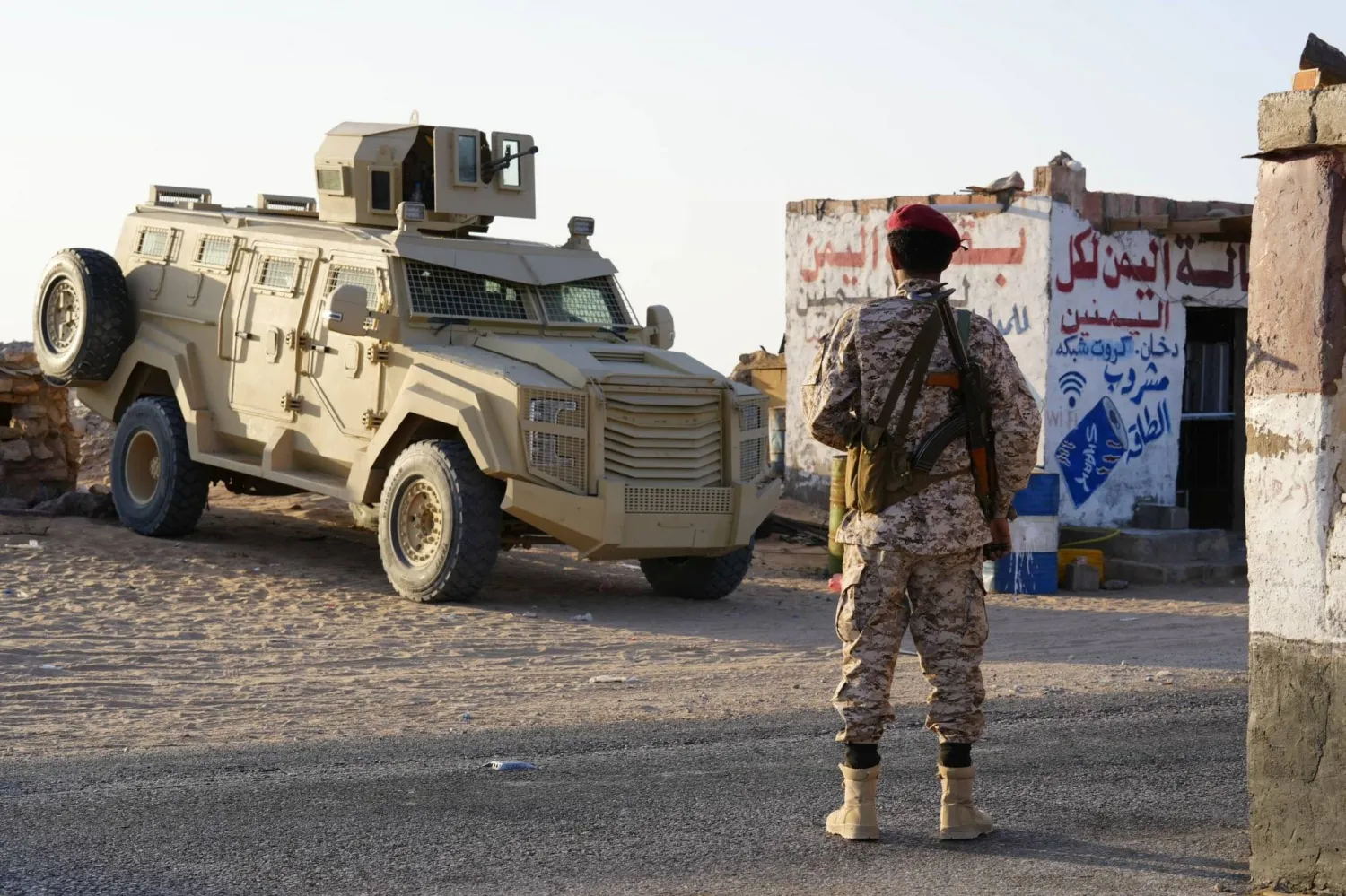The Egyptian government announced it will move to the New Administrative Capital (NAC) in the last quarter of 2021, revealing it will begin implementing a project to develop the capitals of governorates and major cities across the country.
Prime Minister Mostafa Madbouly confirmed that workgroups of different ministries will move to government buildings for the trial operation ahead of the official transfer.
The PM announced that the government is implementing a project to develop the capitals, in accordance with the president’s directives.
He explained that the project includes the construction of about 500,000 housing units within the presidential initiative “Home for All Egyptians” and will contribute to achieving a qualitative leap along with other projects, within the framework of the “Decent Life” initiative to develop Egyptian villages.
The New Administrative Capital, located 75 kilometers east of Cairo, is among President Abdul Fattah al-Sisi’s most ambitious projects, costing about $300 billion.
Last March, Sisi said the inauguration of the NAC and the transference of government offices to carry out their duties from there will be “a birth of a new state.”
The new capital was scheduled to open last year but was postponed because of the coronavirus pandemic.
The NAC will house 10 ministerial complexes grouping together 34 ministries, in addition to the headquarters of the cabinet and the parliament and includes 52,300 state employees.
The cabinet’s Information and Decision Support Center estimated the cost of NAC around EGP50 billion, from the proceeds of selling lands to investors.









